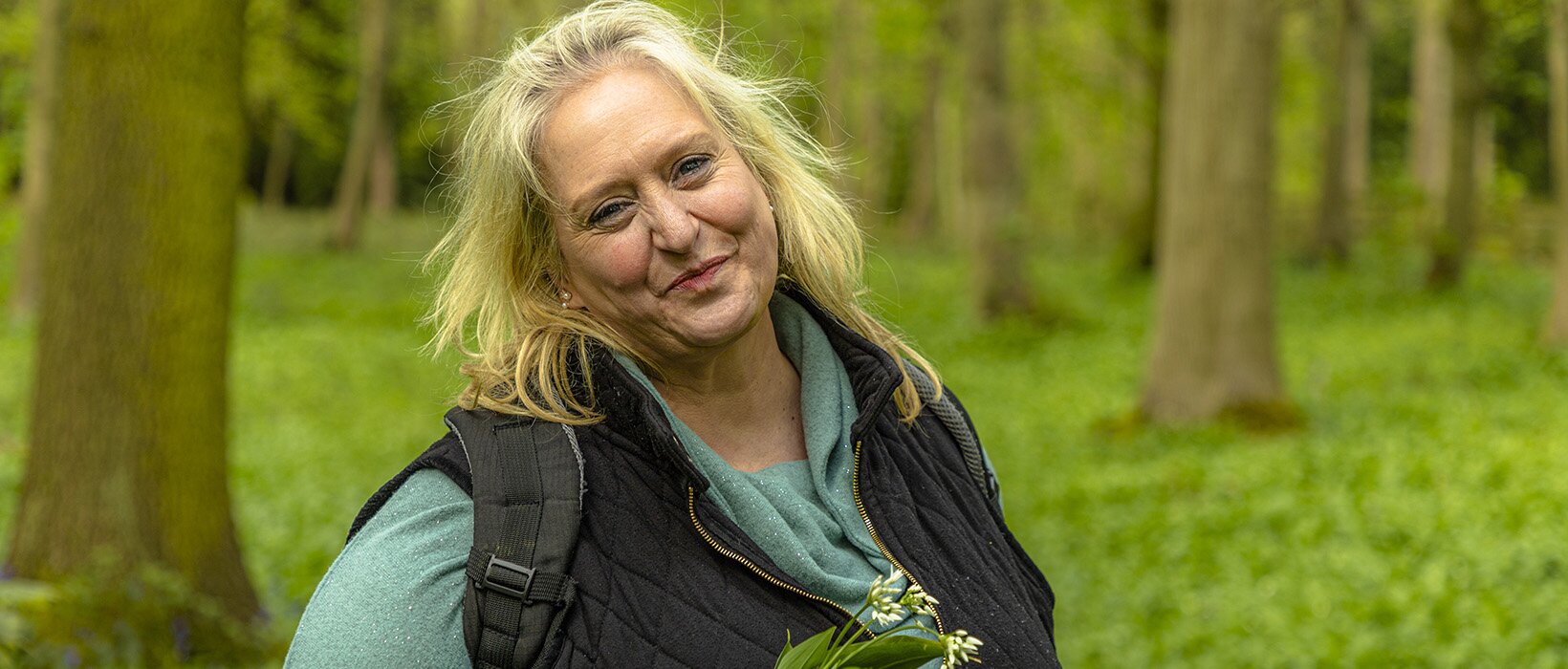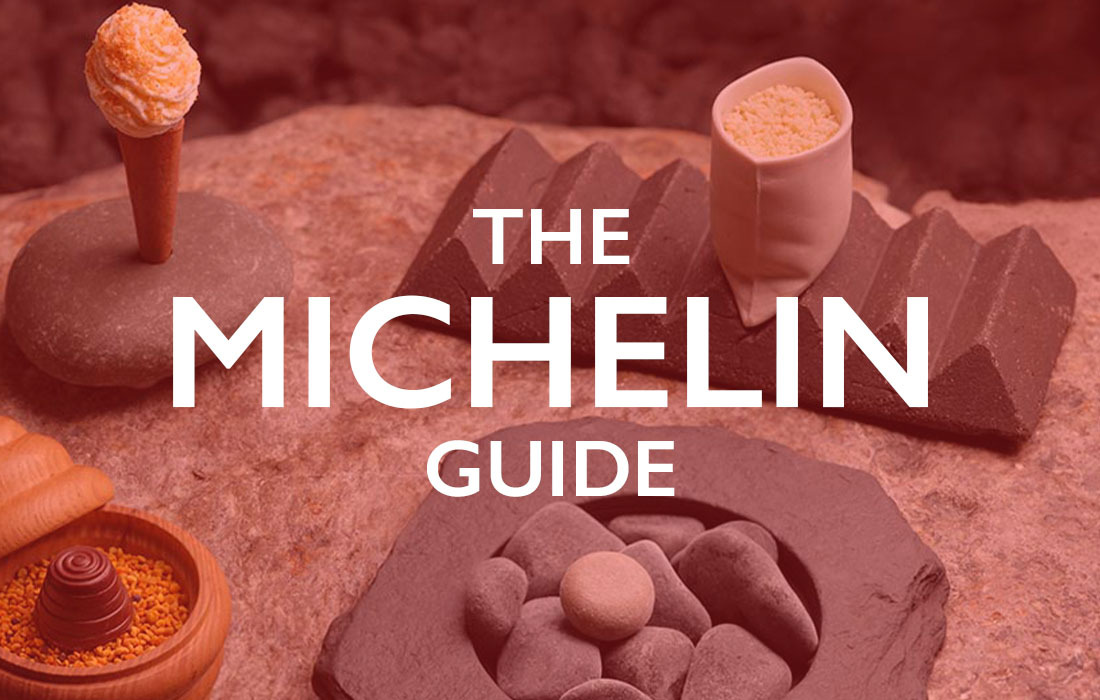How to forage for and use wild garlic
Pungent wild garlic can be found in your local area right now, if you know where to look. Alysia Vasey explains how to pick it and use it
When the days become lighter and the spring equinox approaches, wild garlic sprouts up in search of light. When exactly wild garlic appears has everything to do with the longitude of the UK, which roughly equates to a two-week head start for each degree north – starting earliest in Cornwall in late December and arriving in Scotland around April.
Looking for wild garlic is not too difficult. Established ancient woodlands leading down to rivers are the best spots, with south-facing embankments likely to be home to the earliest signs of wild garlic.
The season is long – around 12 weeks – and evolves incredibly fast. Wild garlic races through its various stages of growth very quickly, with the small green shoots soon giving way to well-formed leaves that can reach as much as a foot high.
As soon as the leaves are formed, the bud stems, known as scrapes, start to shoot up. These newly formed flowers are contained in a thin membrane and are great deep-fried in tempura or pickled.
A month into their growth, and underneath the main leaves of wild garlic, a small layer of micro garlic covers the woodland floor in an inch-thick carpet of miniature green leaves. These are well worth the effort to pick and can be used as a micro-leaf garnish.

Six weeks into the season, the ends of wild garlic can start to go a bit ‘raggy’, and yellow slimy leaves will be among the handfuls you pick. Weed these out as they will turn all your leaves yellow and slimy in no time.
Wild garlic will last a good two weeks in the fridge, giving chefs plenty of time to dehydrate it into a fine, bright green powder or to make oils, pestos, veloutés – the list is endless – and to use it fresh for a good three months.
Ramson capers are the wild garlic flowers that have died back and are starting to form seed pods. They are hugely powerful – one miniscule ransom caper packs as much punch as a bulb of garlic. The trick is to pick them when the black seed has not formed. Capers pop in your mouth with an intense explosion of flavour, and while they’re back-breaking to collect, a few umbels go a long way.
Beware poisonous plants
While it appears straightforward, there are a few hazards to be aware of when picking any wild food. And most of spring’s early poisonous plants are more than happy to keep wild garlic company with their own green shoot doppelgangers.
Be on the look-out for the young glossy green shoots of Lords and Ladies, as these contain calcium oxalate. Essentially, this means that tiny glass-like fibres stick to the soft, fleshy parts of the oesophagus, causing airway constriction as it begins to swell.
Dog Mercury is worse and will cause a poisoning that will likely leave you hospitalised. Unfortunately, it is incredibly common in wild garlic.
Rarer, but equally as annoying, is Jack in the Pulpit, another culprit of accidental poisoning in its youthful stage. The rule is that when you cut your wild garlic, hold the mid-section then chop away at all the debris that collects in the stalks further down. That way your chances of poisoning yourself or your guests is greatly reduced.
April in the wild
Gorse flowers
Gorse is most abundant in April. The bright yellow flowers of this often-overlooked shrub are full of coconut-scented blossoms. There is a fine technique to picking through the barbs: three pairs of gloves and a plucking action helps tremendously. The flower heads should be agitated to extract the coconut fragrance immediately.
Baby pink larch pine cones
Baby pink larch pine cones are not native but are abundant. All pine cones in their youthful stage can be eaten: they are tender and have a sharp, citrus flavour, dulled with a pepper-like background. They are best pickled or dehydrated and then powdered.
Scurvy grass
Scurvy grass’s white flowers are abundant on salt marshes at the coast come April. The flowers have a hot, horseradish taste. Check sewage reports before heading out to ensure it is safe to forage in the waters onshore.
St George’s mushrooms
St George’s mushrooms come out around St George’s Day on 23 April. These delicious, heavy, whiteish-to-buff mushrooms are prolific from the end of April in the south to the beginning of June in the north. They can be found in pine woods and deciduous woods, and in grassy areas where the mycelium have a relationship with the tree roots. Once you identify these correctly, they are easy to pick. However, they can host maggots, so be sure to take the youngest ones and discard any with a hole in the stalk or pinholes in the gills.
Also available:
- Cherry/plum blossoms
- Wall pennywort
- Oyster mushrooms
- Birch tree sap
- Hedge garlic/mustard garlic
- Sea purslane
- Magnolia flowers
- Sitka tips
- Scarlett elf cap mushooms
- Young nettle tips



















